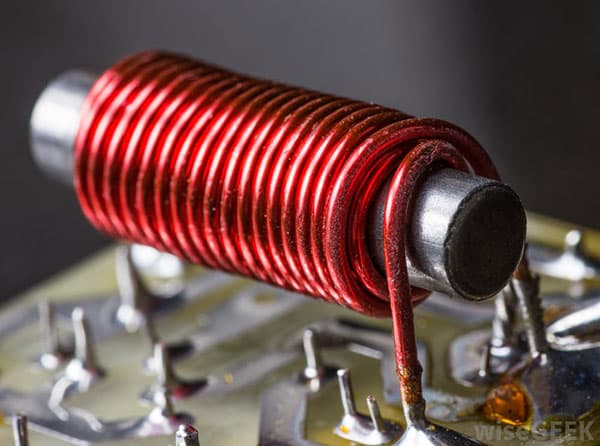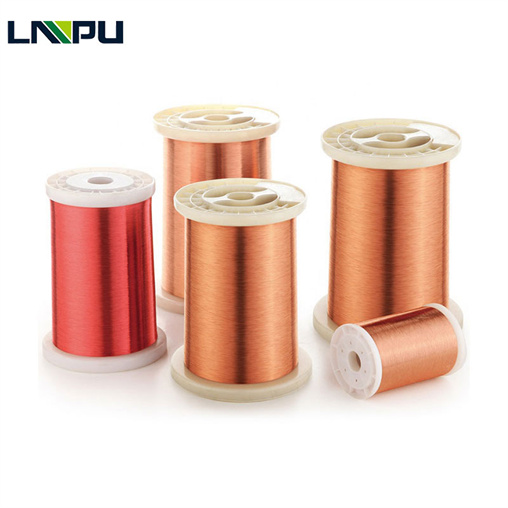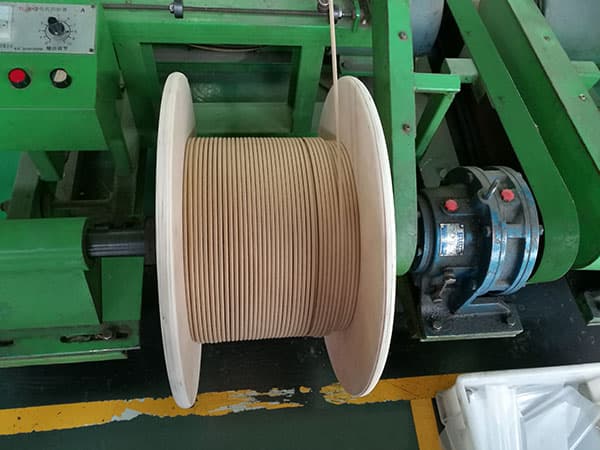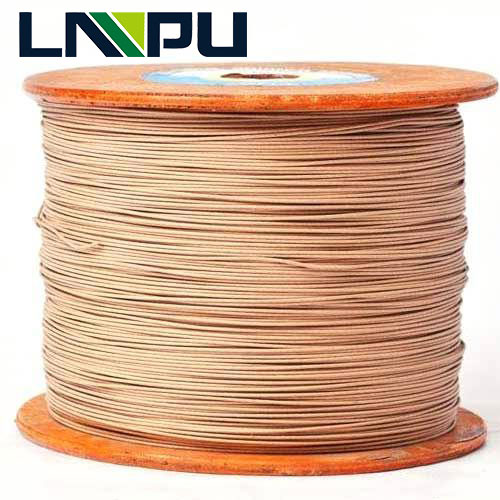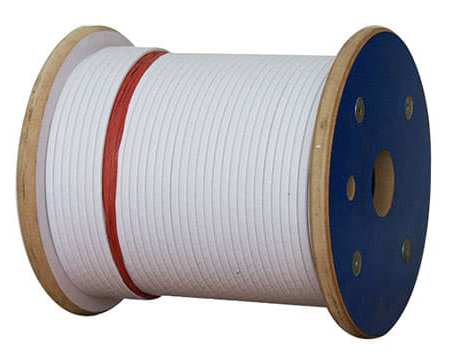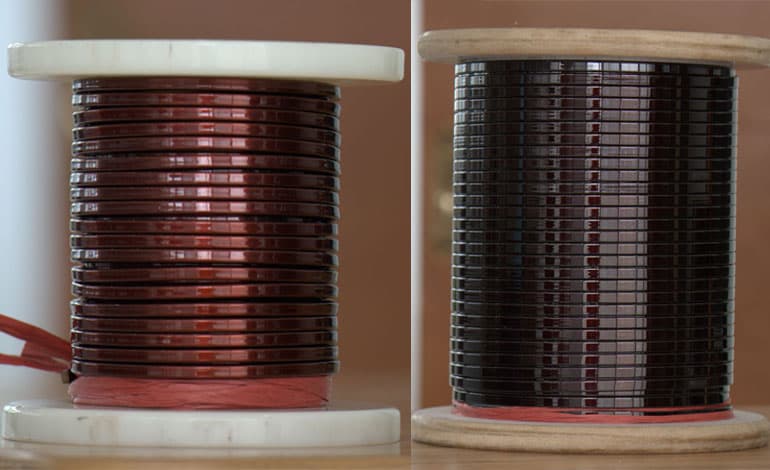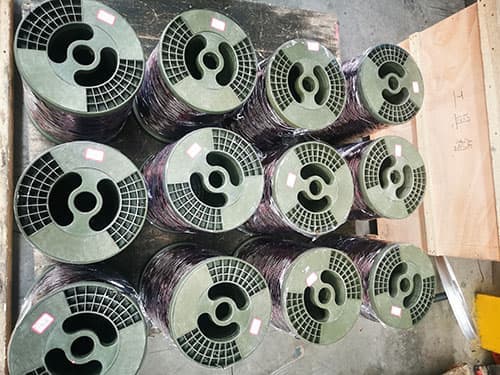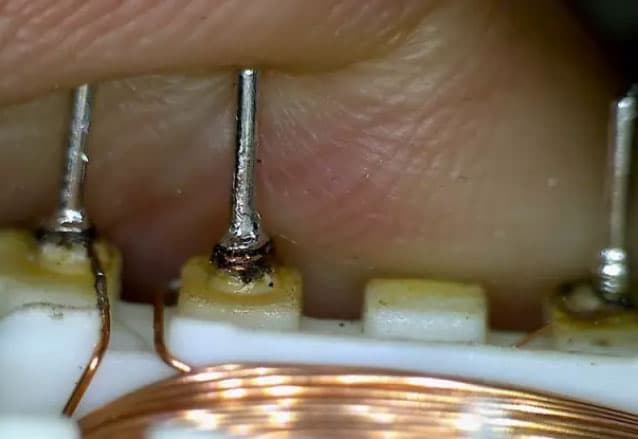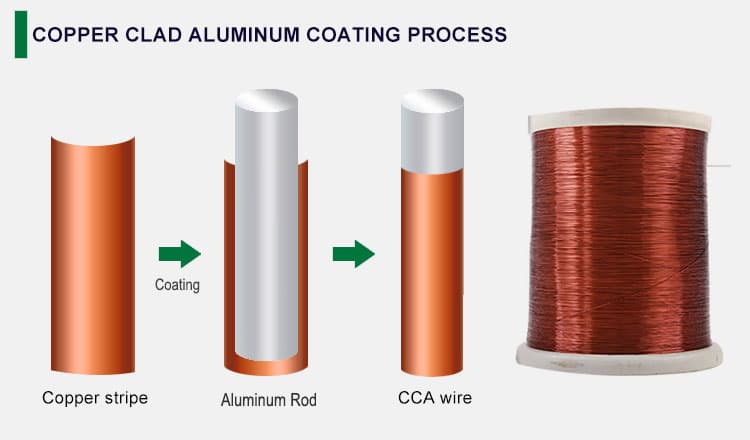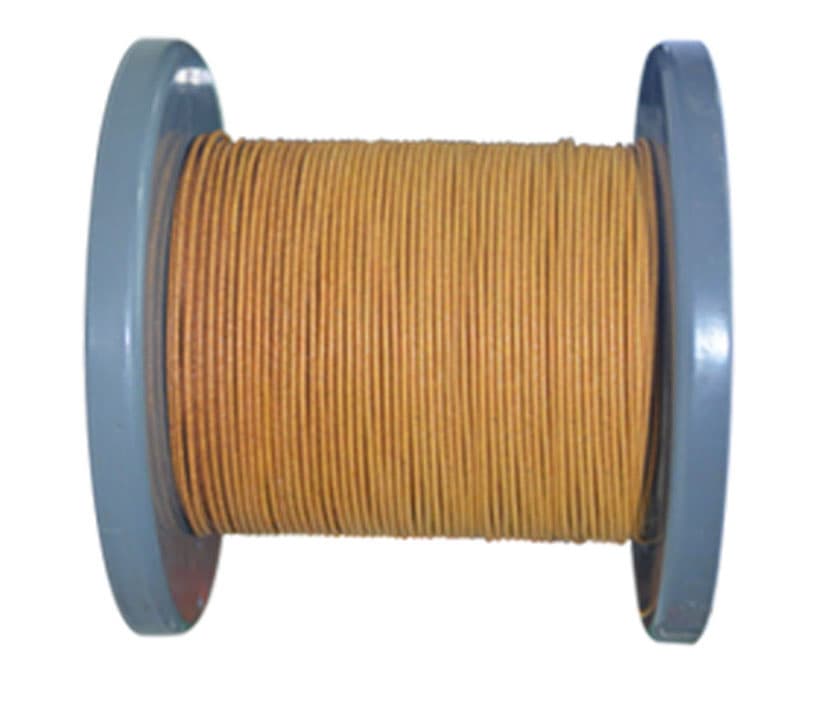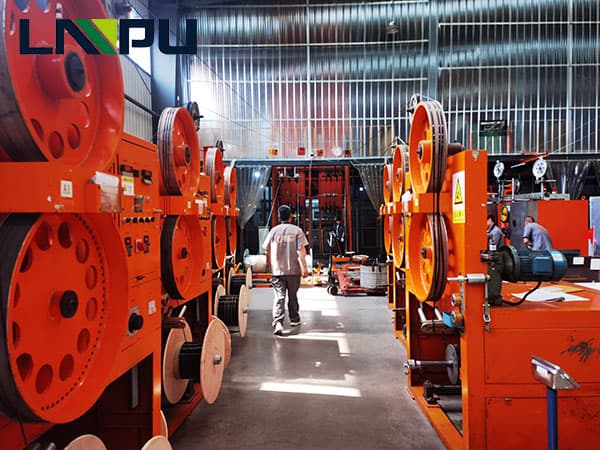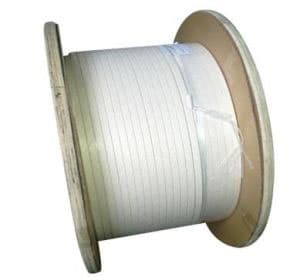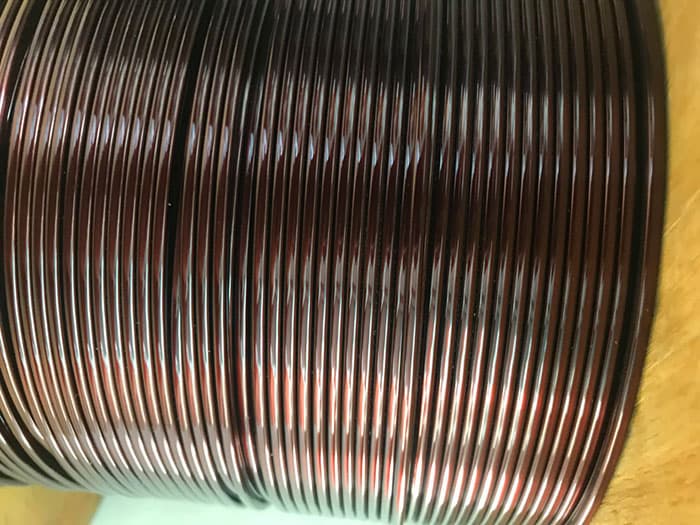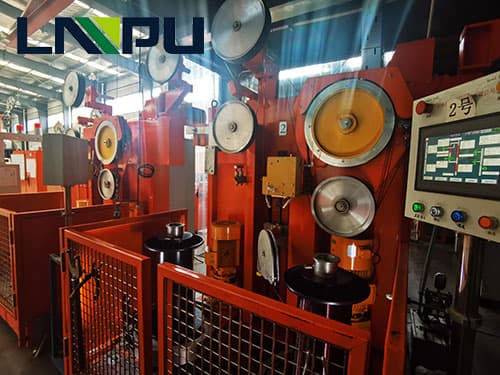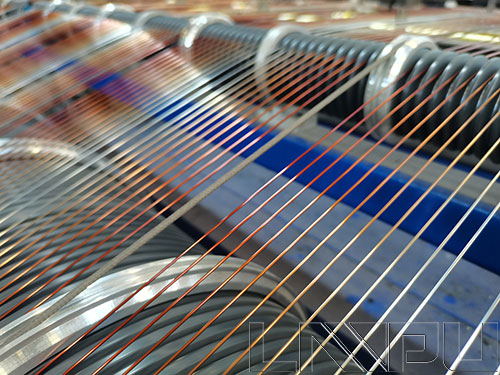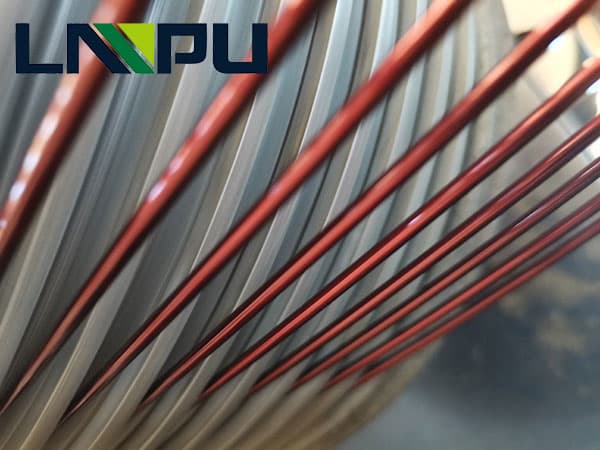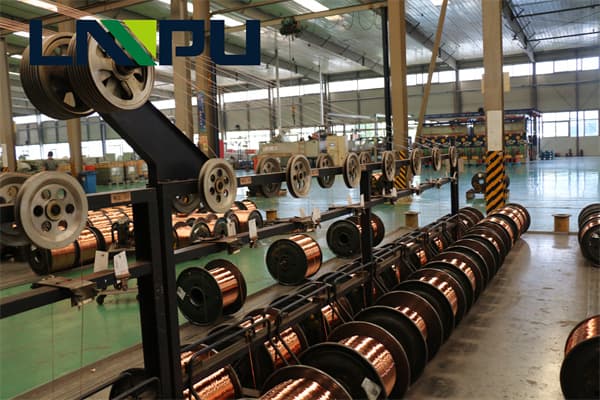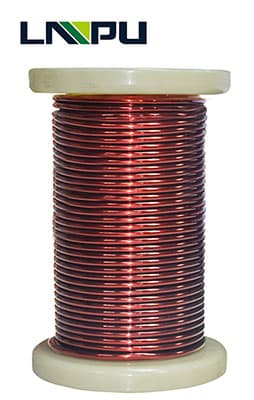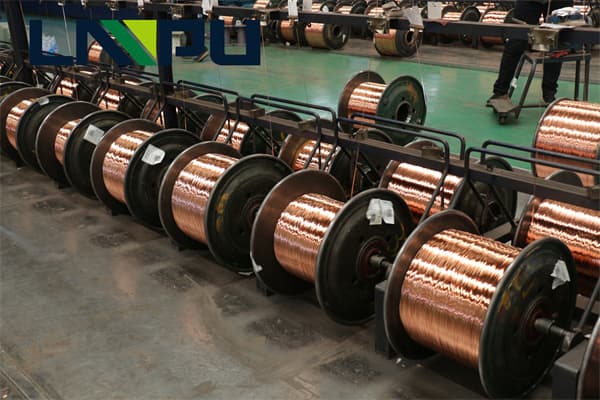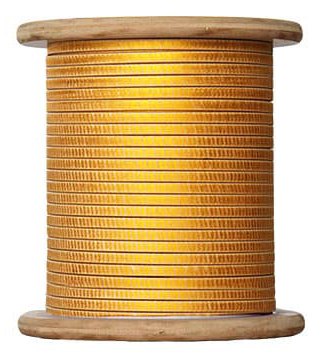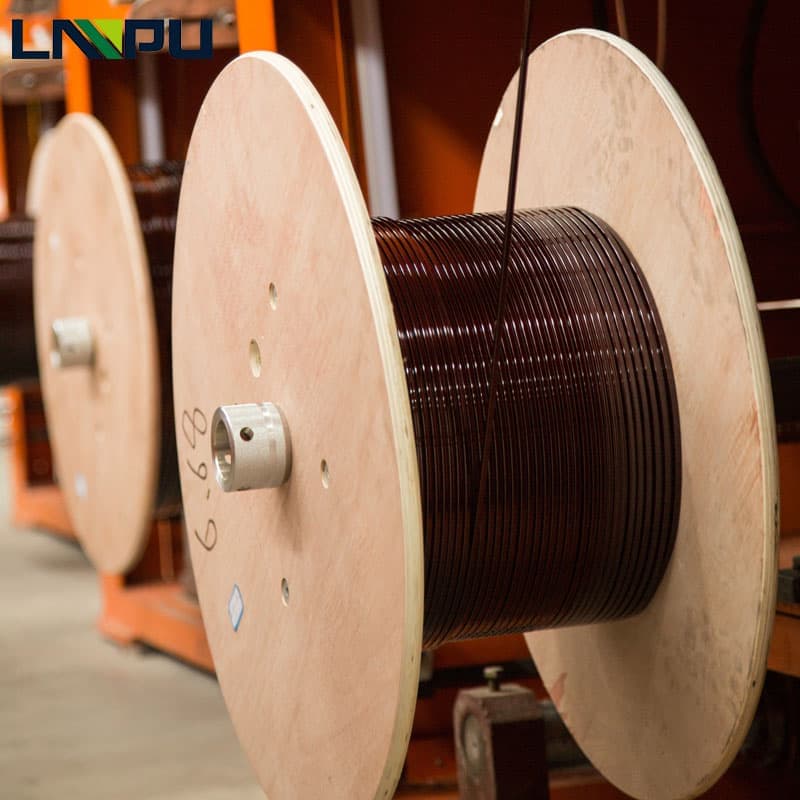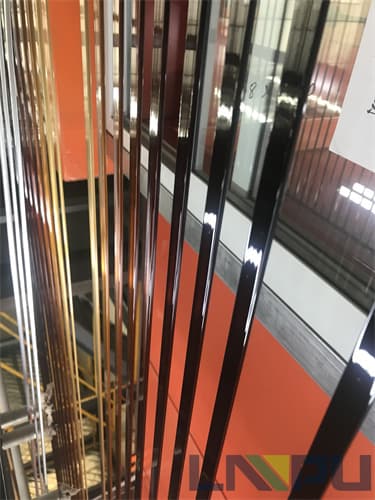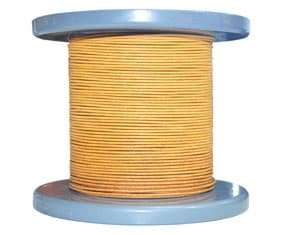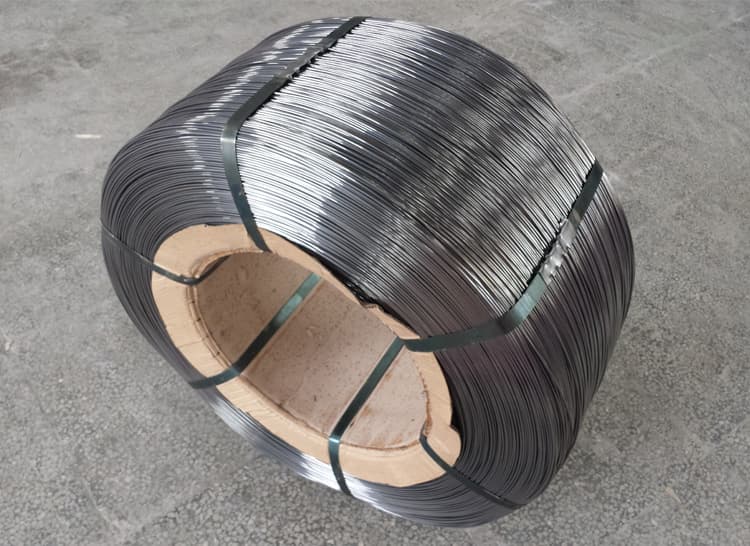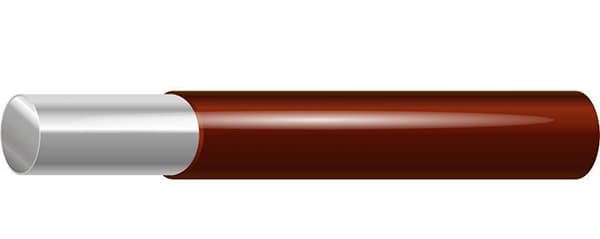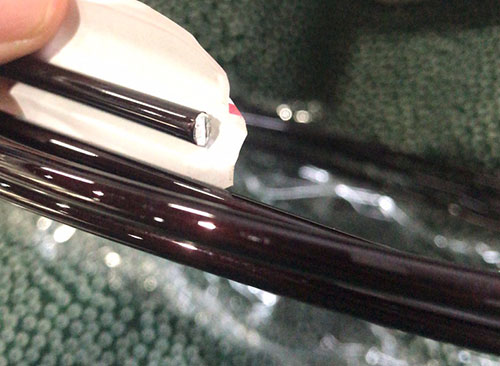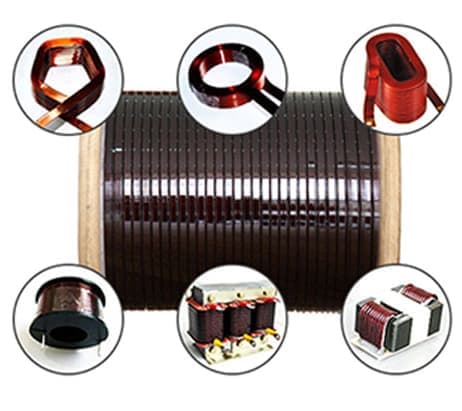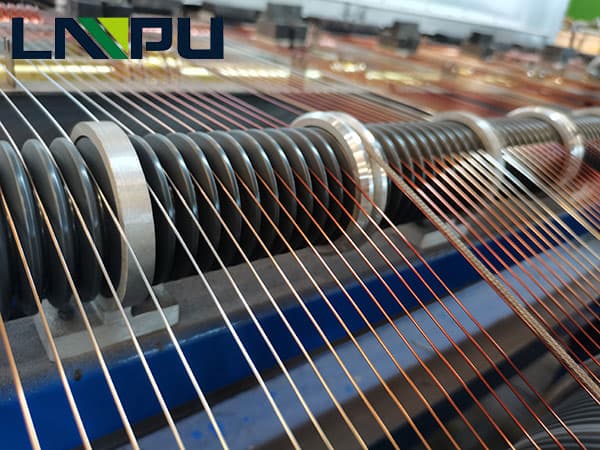Enameled wire used for Generators and Windings
An electrical motor is one kind of machine which is used to change the energy from electrical to mechanical. Most of the motors work on the principle of interaction among the electric current as well as the magnetic field within a wire winding. This can generate force in the form of shaft rotation. These motors can be powered with DC or AC sources. The DC sources are batteries whereas the AC sources are inverters, power grids, generators. A generator is mechanically similar to the motor but works in the reverse direction by converting the energy from mechanical to electrical. An electric motor can be built with the rotor, stator, air gap, windings, bearings, & commutator. The classification of motors can be done with considerations like the type of power source, construction, motion output type, and applications. This article discusses what is a motor winding, types, and its calculation.
| Motor Power (KW) |
Rated current (A) |
Choose wire specifications ( National Standard ) (mm) |
| 0.25 | 0.77 | 2.5 |
| 0.37 | 1.11 | 2.5 |
| 0.75 | 1.99 | 2.5 |
| 1.1 | 2.79 | 2.5 |
| 1.5 | 3.65 | 2.5 |
| 2.2 | 5.05 | 2.5 |
| 3 | 6.62 | 2.5 |
| 4 | 8.9 | 2.5 |
| 5.5 | 11.6 | 2.5 |
| 7.5 | 15.6 | 4 |
| 11 | 21.5 | 4 |
| 15 | 28.8 | 6 |
| 18.5 | 35.1 | 10 |
| 22 | 41 | 10 |
| 30 | 55.9 | 16 |
| 37 | 69.4 | 16 |
| 45 | 84.2 | 25 |
| 55 | 101 | 35 |
| 75 | 138 | 50 |
| 90 | 165 | 70 |
| 110 | 2.1 | 95 |
| 135 | 239 | 120 |
| 160 | 289 | 150(2*70) |

